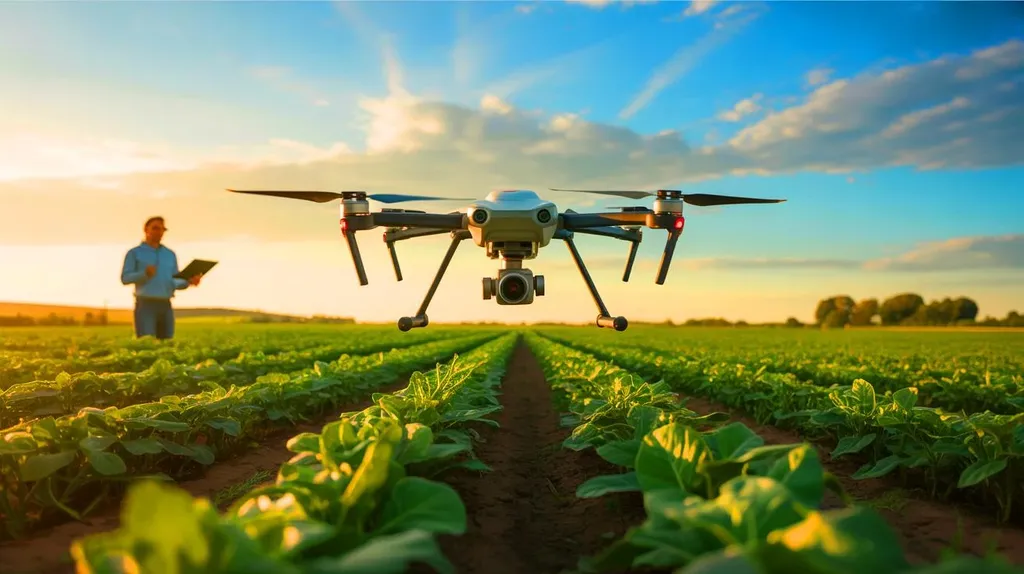In the quest to monitor plant health without causing harm, scientists have long grappled with the challenge of interpreting the faint electrical signals emitted by plants. These signals, which reflect changes in cell membrane potential, offer a window into a plant’s physiological responses to external stimuli. However, their low frequency and weak amplitude make them highly susceptible to noise, complicating efforts to extract meaningful data. A recent study published in the journal *Agriculture* introduces a novel denoising method that could revolutionize how we understand and utilize these signals, with significant implications for smart agriculture.
The research, led by Zihan Liu from the College of Information and Electrical Engineering at Heilongjiang Bayi Agricultural University, addresses a critical gap in the field. Traditional denoising methods often suffer from mode mixing and insufficient fidelity, leading to inaccurate representations of plant physiological information. Liu and their team propose a multi-scale adaptive denoising method that combines Complete Ensemble Empirical Mode Decomposition with Adaptive Noise (CEEMDAN) and Wavelet Soft Thresholding (WST). This approach adaptively decomposes and filters noise components, significantly enhancing the clarity of plant surface electrical signals.
“Our method achieves a 48% reduction in permutation entropy for the entire signal, which is a substantial improvement,” Liu explains. “This means we can now capture more accurate and stable physiological data from plants, which is crucial for real-time monitoring and early warning systems.”
The study applied this method to maize leaves, demonstrating impressive results. In the resting potential segment, the root mean square (RMS) decreased by 28.91%, total energy dropped by 9.3%, and waveform stability improved. For the action potential segment, the full width at half maximum (FWHM) increased to 0.747, indicating better signal resolution. While the peak amplitude slightly decreased, the waveform structure remained intact, and signal energy became more concentrated within the 0–2 Hz range. These improvements highlight the method’s effectiveness in suppressing noise and maintaining high signal fidelity.
The implications for the agriculture sector are profound. Real-time, non-destructive monitoring of plant health can lead to more efficient and sustainable farming practices. Early detection of stress or disease in crops can prevent yield losses and reduce the need for chemical interventions, ultimately benefiting both farmers and the environment. “This method provides a reliable preprocessing technique for elucidating plant physiological mechanisms based on surface electrical signals,” Liu notes. “It holds significant potential for real-time non-destructive monitoring and early warning systems in smart agriculture.”
As the agriculture industry continues to embrace technology, the ability to accurately interpret plant electrical signals could become a cornerstone of precision farming. This research not only advances our understanding of plant physiology but also paves the way for innovative applications in smart agriculture. By providing a clearer picture of plant health, this method could help farmers make data-driven decisions, optimize resource use, and ultimately enhance crop productivity. The study, published in *Agriculture* and led by Zihan Liu from Heilongjiang Bayi Agricultural University, marks a significant step forward in the integration of technology and agriculture, offering a glimpse into a future where real-time monitoring and early intervention become the norm.

